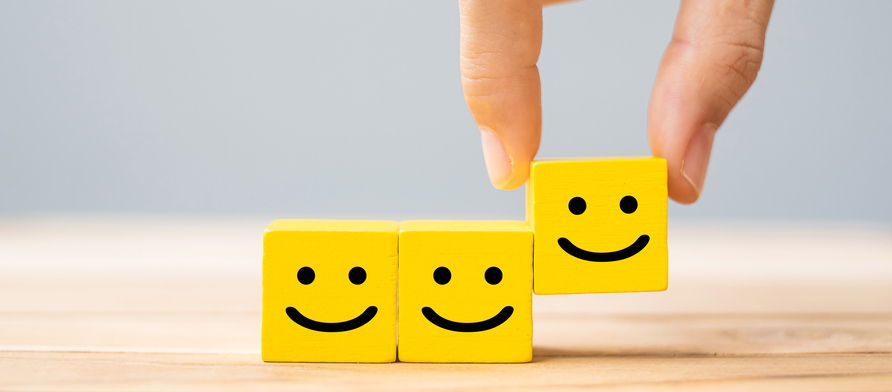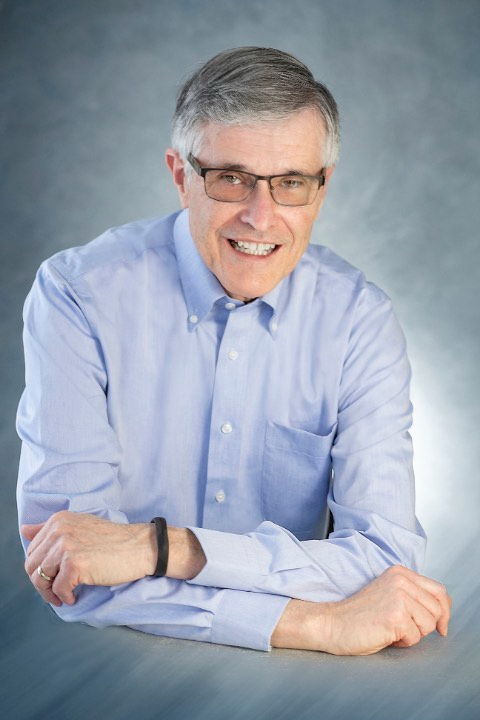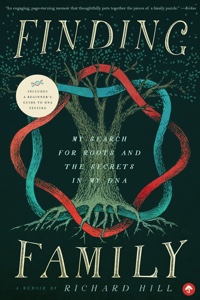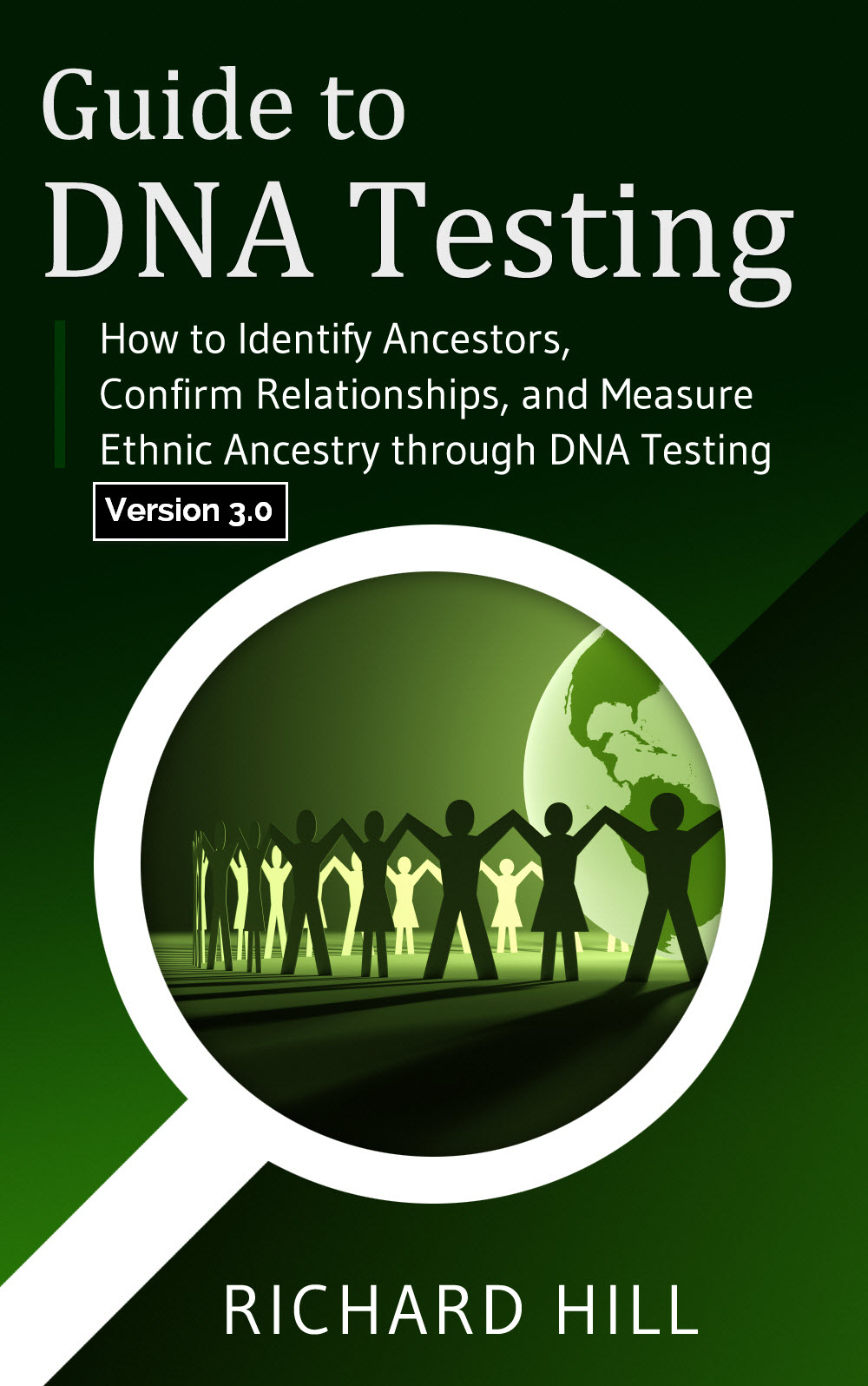- Home

Link Directly to the Most Useful
DNA Testing Resources
DNA testing is hugely popular with genealogists. Furthermore, it has helped thousands of adoptees, like me, identify and reunite with our birth families.
My name is Richard Hill. I have been writing and speaking about DNA testing for more than a decade. Over the years I have uncovered a wealth of good DNA information online.
This website shares more than 150 favorite links and is a great starting point for anyone interested in DNA testing.
I suggest you start at or near the top of the menu and proceed in order from one page to the next. That provides a concise overview of DNA testing.
Then return to any page to explore the linked DNA testing resources.
More Resources to Consider
Need a speaker on DNA testing topics? Learn more about Richard Hill's presentations.
Order a signed copy of "Finding Family: My Search for Roots and the Secrets in My DNA"
For an easy-to-follow introduction to genetic genealogy, get my $3.99 Kindle book.
DNA Testing is Now Easy and Cheap
When I did a DNA paternity test in 1981, I travelled to a distant lab to have blood drawn. Today, you order DNA tests online and receive a sample kit in the mail.
For AncestryDNA and 23andMe, you spit some saliva into a tube.
For MyHeritage DNA, Living DNA, and FamilyTreeDNA, you swab inside your cheeks.
In any case, you mail the sample kit back to the lab and wait for the results to show up in your private, password-protected account.
Some of my first DNA tests for genetic genealogy cost several hundred dollars each. Now the most popular tests are all under $100. And some allow free uploads of data from tests you’ve already done.
Genetic Genealogy is Solving Many More Mysteries
While most DNA testers are genealogists trying to confirm or expand their family trees, many other uses for this technology have arisen:
• Since my pioneering example, many more adoptees are using DNA to identify birth families.
• People who know or suspect that the man who raised them is not their biological father are finding the truth and discovering new relatives.
• Donor-conceived individuals are identifying sperm donor fathers and a surprising number of half siblings.
• People curious about their ethnic ancestry, are learning where in the world their distant ancestors came from.
• Certain DNA tests report various health-related findings. Since I have no medical qualifications to judge such reports, this website does not focus on that.
• Many users of the GEDmatch website choose to share their genetic data with law enforcement, leading to victim identification and the solving of major crimes. I do so myself. Yet this is another area that is outside my primary focus.
Please Recommend Me, Richard Hill, as a Speaker
In the past decade I have given countless presentations on DNA testing topics to both national and local genealogy groups and libraries. If you belong to such a group, I would greatly appreciate you recommending me as a speaker for your group.
Located in Michigan, my ability to present in person is naturally limited by the cost of travel. Fortunately, the pandemic taught us how virtual presentations can bring speakers and viewers together regardless of geography.
Follow Me on Social Media
On Facebook, you can get DNA testing news of interest through my DNA Favorites Page.
On Bluesky, you can follow me @RichardHillDNA.
On LinkedIn, you can follow me @RichardHillDNA.
On X, you can follow me @RichardHillDNA.


